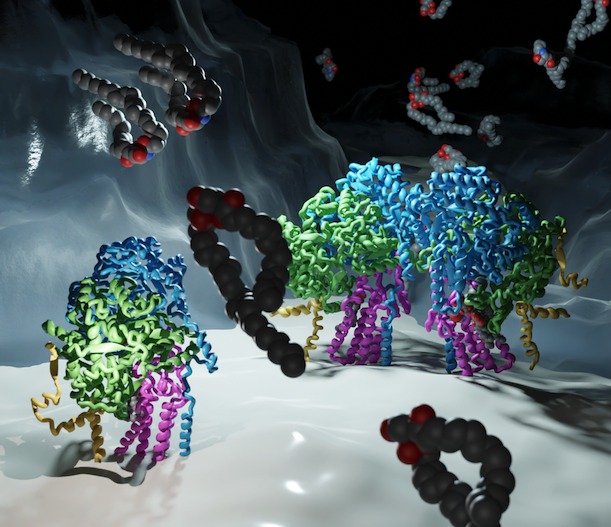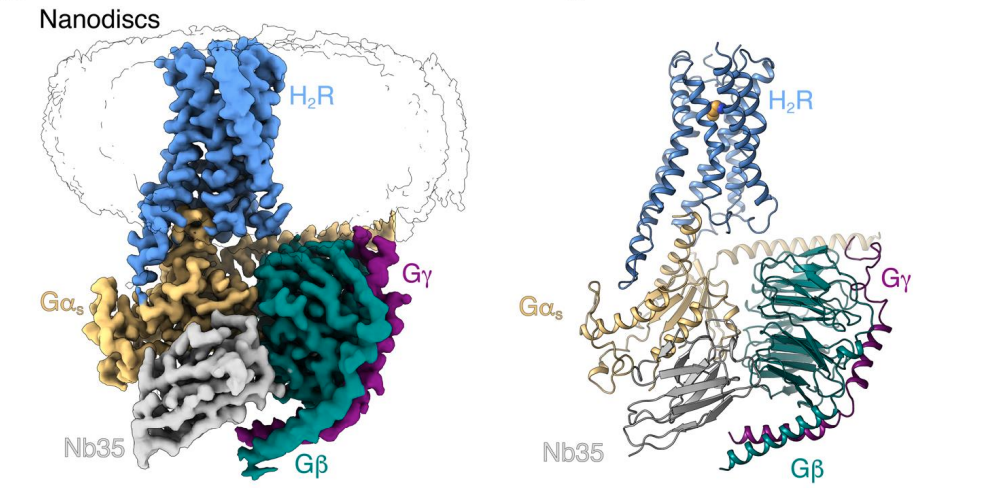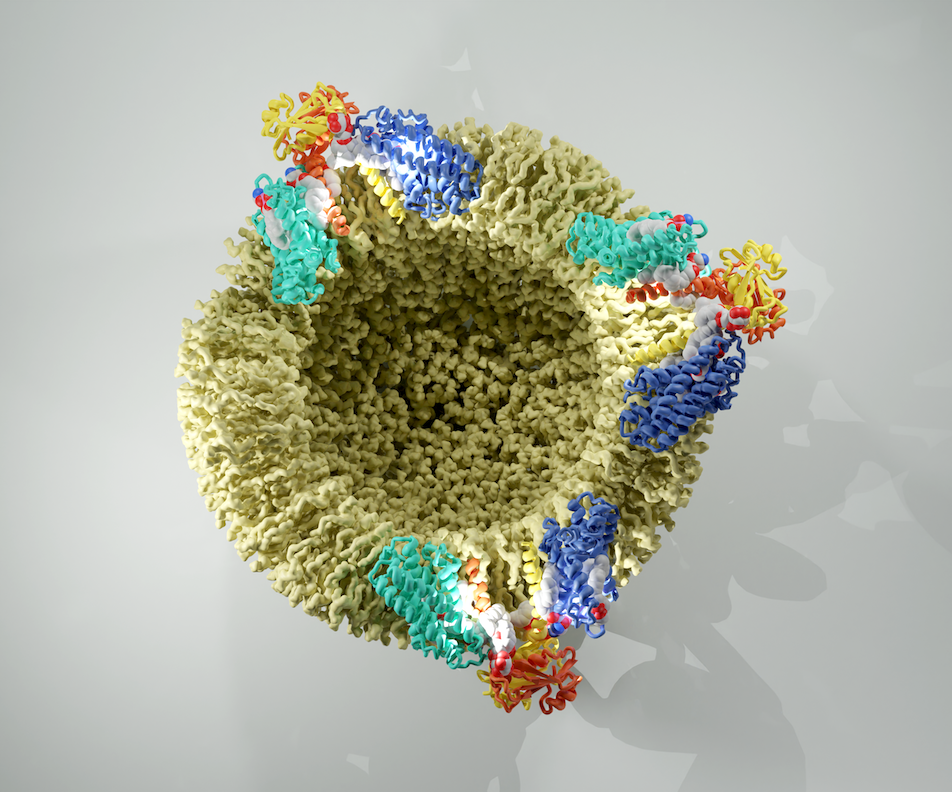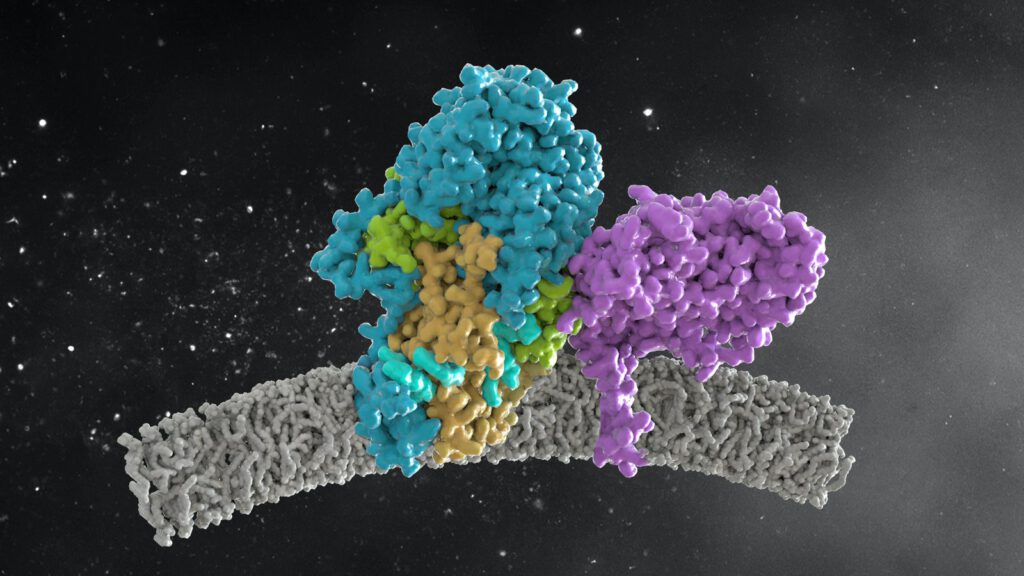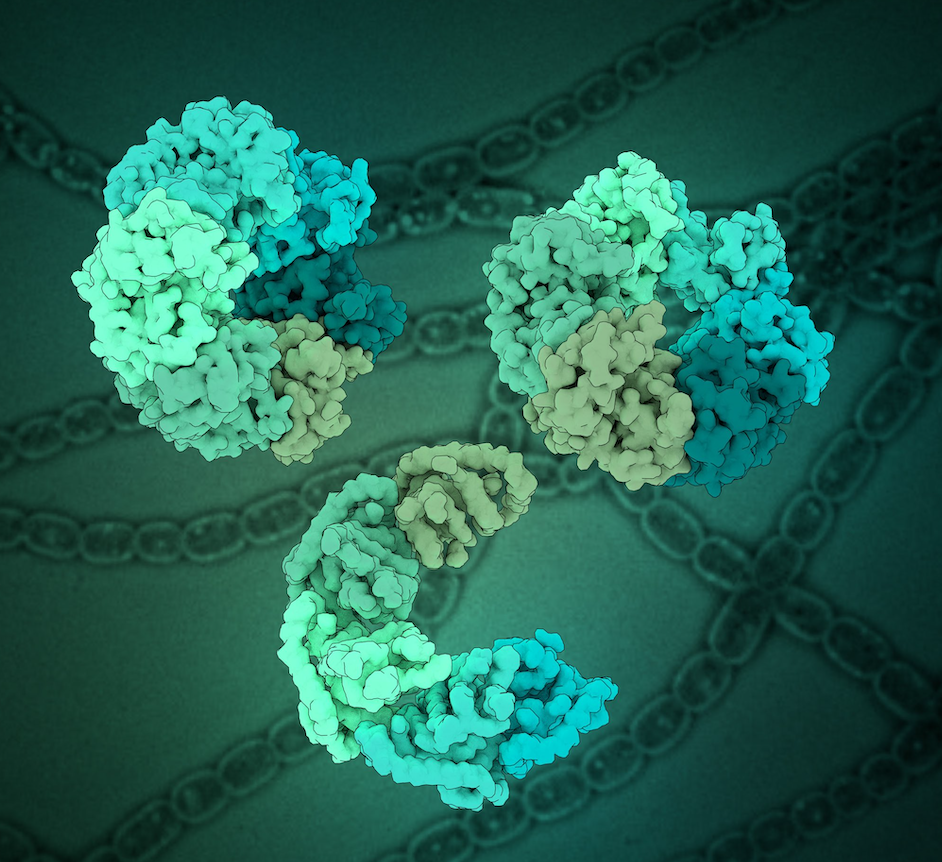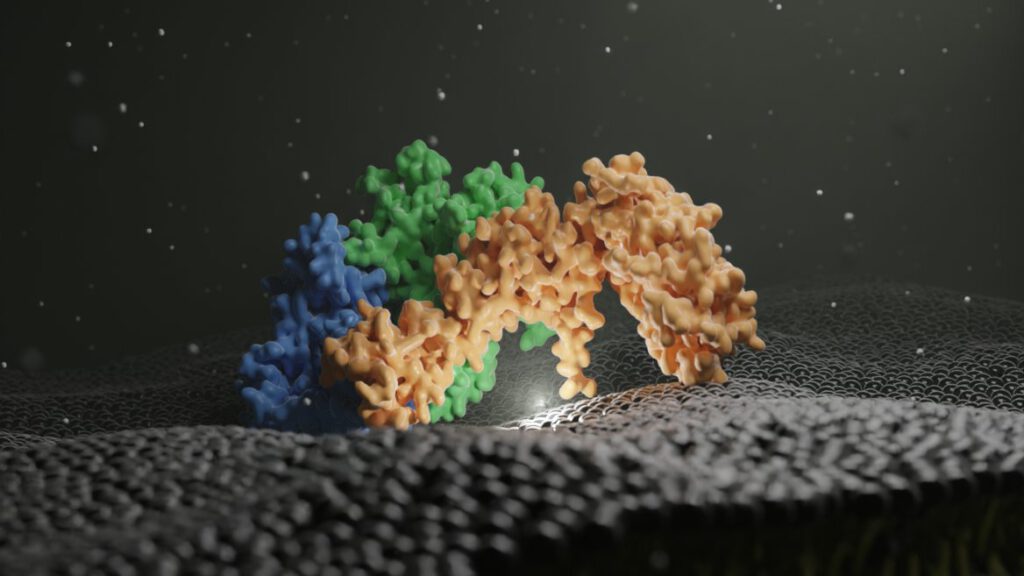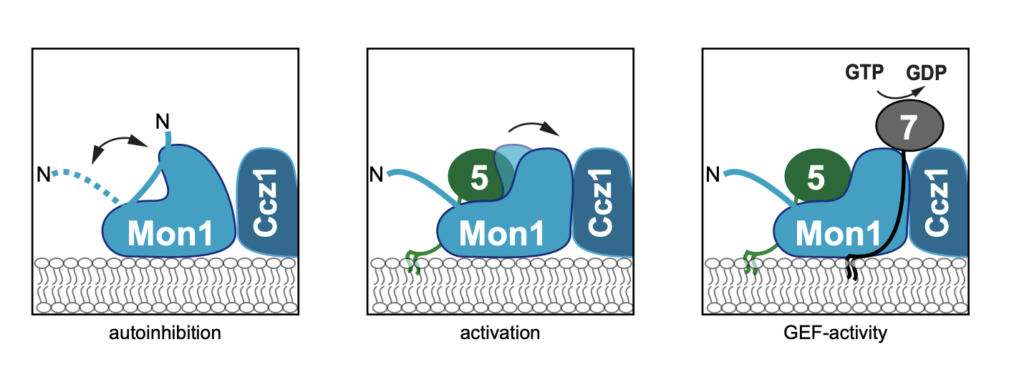The structure of the Orm2-containing serine palmitoyltransferase complex reveals distinct inhibitory potentials of yeast Orm proteins.
Carolin Körner, Jan-Hannes Schäfer, Bianca M. Escha , Kristian Parey, Stefan Walter, David Teis, Dovile Januliene, Oliver Schmidte, Arne Moellerb, Florian Fröhlich The levels of sphingolipids are crucial determinants of neurodegenerative disorders. Therefore, sphingolipid levels have to be tightly regulated. The Orm protein family and ceramides act as inhibitors in the rate-limiting step of sphingolipid […]
